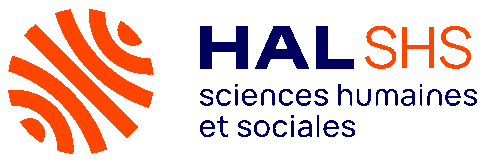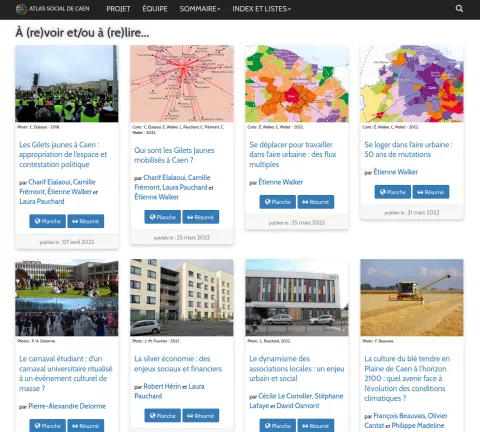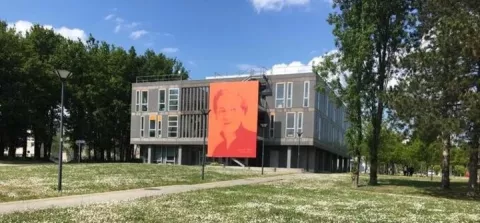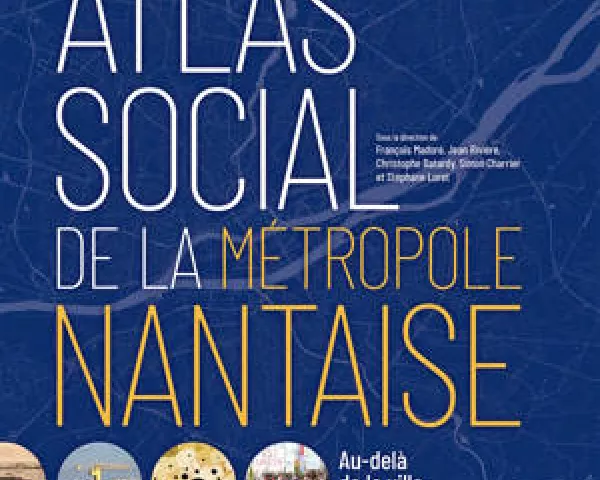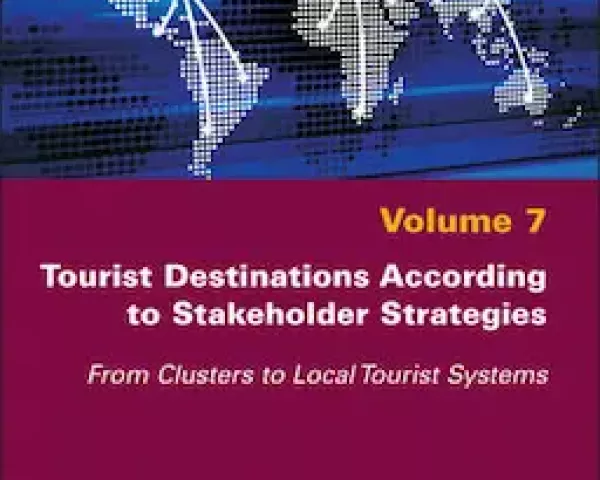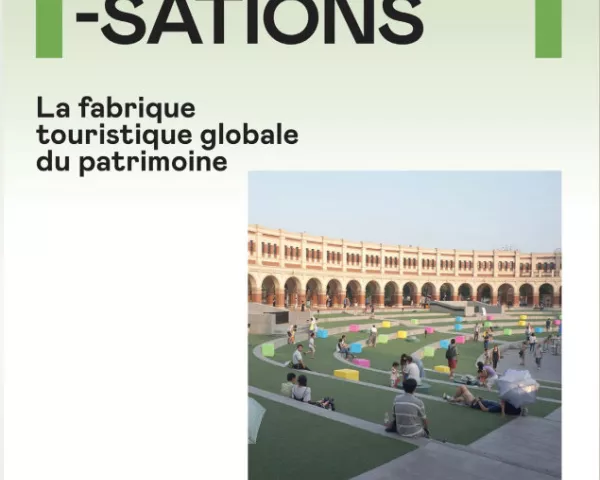-
N'da Marcelin Homian
-
Miézan Brigitte Aka
-
Ehounoud Nadège
-
Kathleem Schmeler
-
Shruti Zaveri
-
Darya Aleksandrovna Kizub
Improving breast cancer early detection through education of primary healthcare providers in Côte d'Ivoire
N'da Marcelin Homian, Miézan Brigitte Aka, Ehounoud Nadège, Kathleem Schmeler, Shruti Zaveri, et al.. Improving breast cancer early detection through education of primary healthcare providers in Côte d'Ivoire. Cancer in Africa: Implementation, Workforce, Opportunities, The African Organisation for Research and Training in Cancer (AORTIC), Nov 2023, Dakar, Senegal. ⟨hal-04233535⟩
Objectives: To improve breast cancer early detection in Côte d'Ivoire, we designed, implemented, and evaluated the Breast Health Program educational curriculum (BHP EC) for primary healthcare providers (PCPs). Methods: In-depth interviews to identify breast cancer early detection strategies were conducted with key stakeholders, audio-recorded, transcribed, coded, analyzed via hybrid analysis, and used to design the BHP EC. The program was implemented as a one-day educational session for PCPs, who completed pre- and post-session surveys. Data were analyzed using descriptive statistics and Fisher’s exact test. Results: Interviews were conducted with 18 participants: 7 (39%) physicians, 5 (28%) medical students, 4 (22%) nurses and midwives, 2 (11%) cancer survivors. Barriers to early detection included: limited breast cancer awareness (50%), lack of patient follow-up/support after primary care presentation (50%), financial barriers (39%), lack of coordination in diagnosis and treatment (22%), no mammography or biopsy capacity within public healthcare (11%). BHP EC topics included: breast cancer/benign breast disease management, patient communication/support, clinical breast exam (CBE), financial navigation. 36 PCPs from 5 healthcare centers attended the BHP EC: 75% were female; the mean age was 41.3 years (SD 7.2); 9 (28%) physicians, 6 (17%) nurses, 18 (50%) midwives, 3 (8%) medical students. At baseline, 18 (50%) PCPs felt qualified to evaluate patients with breast complaints compared with 32 (89%) post session (p = 0.003). 15 (42%) felt qualified to help patients overcome barriers to diagnosis at baseline compared with 31 (86%) after BHP EC (p = 0.006). There were no differences in CBE confidence (27 (75%) vs. 32 (89%)) or patient referral for diagnostic workup (29 (81%) vs. 34 (94%)) pre- and post-BHP EC (p > 0.05). Conclusions: BHP EC resulted in improved breast cancer early detection knowledge and confidence. Future work includes program expansion and evaluation of the impact on time to diagnosis.
Objectives: To improve breast cancer early detection in Côte d'Ivoire, we designed, implemented, and evaluated the Breast Health Program educational curriculum (BHP EC) for primary healthcare providers (PCPs). Methods: In-depth interviews to identify breast cancer early detection strategies were conducted with key stakeholders, audio-recorded, transcribed, coded, analyzed via hybrid analysis, and used to design the BHP EC. The program was implemented as a one-day educational session for PCPs, who completed pre- and post-session surveys. Data were analyzed using descriptive statistics and Fisher’s exact test. Results: Interviews were conducted with 18 participants: 7 (39%) physicians, 5 (28%) medical students, 4 (22%) nurses and midwives, 2 (11%) cancer survivors. Barriers to early detection included: limited breast cancer awareness (50%), lack of patient follow-up/support after primary care presentation (50%), financial barriers (39%), lack of coordination in diagnosis and treatment (22%), no mammography or biopsy capacity within public healthcare (11%). BHP EC topics included: breast cancer/benign breast disease management, patient communication/support, clinical breast exam (CBE), financial navigation. 36 PCPs from 5 healthcare centers attended the BHP EC: 75% were female; the mean age was 41.3 years (SD 7.2); 9 (28%) physicians, 6 (17%) nurses, 18 (50%) midwives, 3 (8%) medical students. At baseline, 18 (50%) PCPs felt qualified to evaluate patients with breast complaints compared with 32 (89%) post session (p = 0.003). 15 (42%) felt qualified to help patients overcome barriers to diagnosis at baseline compared with 31 (86%) after BHP EC (p = 0.006). There were no differences in CBE confidence (27 (75%) vs. 32 (89%)) or patient referral for diagnostic workup (29 (81%) vs. 34 (94%)) pre- and post-BHP EC (p > 0.05). Conclusions: BHP EC resulted in improved breast cancer early detection knowledge and confidence. Future work includes program expansion and evaluation of the impact on time to diagnosis.
